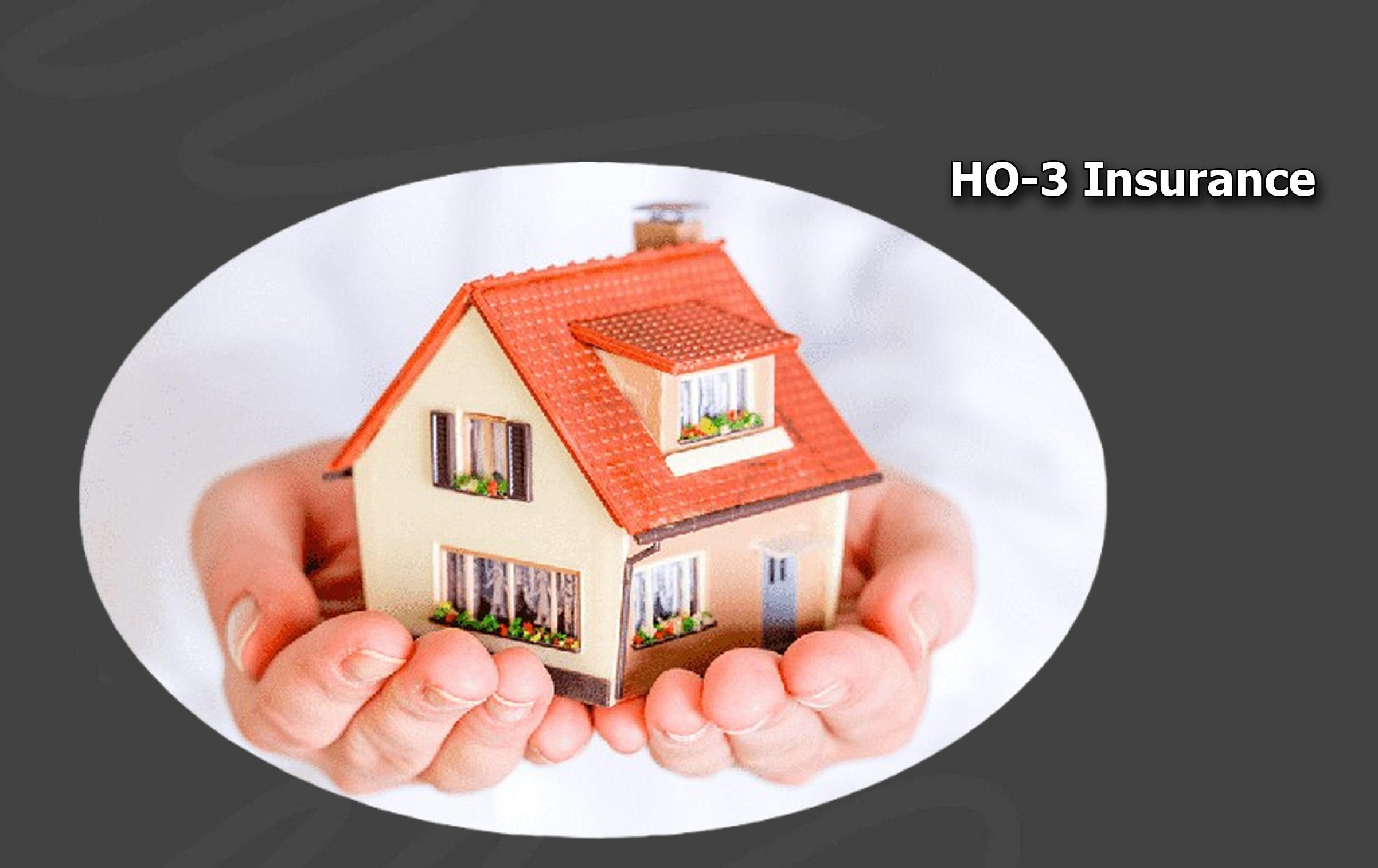Also known as Key person insurance, Key man insurance is an important coverage for businesses, especially small to medium-sized enterprises (SMEs), that rely mainly on one or more individuals for their success.

This type of insurance protects the business in case a key employee, such as; a founder, executive, or other critical staff member, becomes seriously ill, disabled, or passes away unexpectedly.
Moreover, it allows the company to maintain financial stability by providing funds to cover the costs associated with the loss, such as recruitment of a replacement, loss of business, and other related expenses.
What Is Key Man Insurance?
Key man insurance is a life insurance policy that a business purchases on the life of an individual who is crucial to the company’s operations. The company is both the policyholder and the beneficiary.
Furthermore, this type of insurance is designed to provide financial compensation to the business. And this is, in the event of the loss of a key employee.
Key employees are typically individuals whose skills, experience, or leadership are vital to the company’s success, such as founders, CEOs, sales leaders, or other top executives.
Key Aspects Of Key Man Insurance
Here are some important aspects of the Key Man insurance:
- Policy Ownership: The business owns the policy and is the beneficiary. The insured individual has no ownership rights over the policy.
- Coverage Amount: The coverage amount is typically based on the role the key person plays in the business. What’s more, it may account for lost income, potential business interruption, and the cost of hiring a replacement.
- Premium Payments: The Company handles the payment of insurance premiums. These premiums are generally tax-deductible as a business expense, though any proceeds from the policy are typically not taxable.
Why Is Key Man Insurance Important?
For many businesses, like startups and small companies, the loss of a key person can be financially devastating. Keyman insurance provides a financial cushion that helps stabilize the company after such an event.
Without the protection this insurance offers, the company may struggle to recover, affecting employees, clients, and other stakeholders.
Reasons Why Key Man Insurance Is Crucial
Here are the crucial importance of this insurance and what it offers to businesses:
- Covering Financial Losses: When that important person passes away or becomes incapacitated, the company may experience a drop in revenue, or a decrease in stock value. This insurance helps cover these financial losses and provides the funds needed to stabilize the business.
- Business Continuity: Another thing the Key Man insurance helps ensure is that the business can continue operating without major disruptions. Furthermore, it provides the necessary funds to cover financial losses and day-to-day operations. This is until a replacement is found or the business adapts to the situation.
- Attracting Investors: Investors and lenders are often more likely to invest in a business that has key man insurance. The policy demonstrates that the company is prepared for unforeseen events and is mitigating potential risks.
Types Of Key Man Insurance
There are different types of key man insurance, each designed to meet the unique needs of the business and its key individuals.
These policies can be customized based on the role of the individual being insured, the size of the business, and the specific risks associated with the company’s operations.
The types of Key man insurance include:
- Term Life Insurance: This is the most common form of key man insurance. The policy provides coverage for a specific period, such as 10, 20, or 30 years. If the key individual dies during the term, the business receives a payout.
- Disability Insurance: This insurance, still provides financial protection if the key person becomes unable to work due to illness or injury. Also, it ensures that the business receives compensation to cover any lost income or operational disruptions.
- Permanent Life Insurance: Unlike term life insurance, permanent life insurance provides coverage for the key individual’s entire lifetime, as long as premiums are paid. This type of policy often includes an investment component. And this builds cash value over time, which the business can borrow against or withdraw if needed.
How To Choose The Right Insurance
Settling for the right key man insurance requires careful consideration of the role of the key person. The business’s needs, and all specific risks the company faces. Here are some factors that must be considered when selecting the coverage:
- Business Size and Structure: Larger businesses may need higher coverage amounts, while small businesses might focus on insuring a few key individuals. The structure of the business will determine how many key people should be covered.
- Duration of Coverage: The length of time the business needs coverage will depend on factors like the individual’s age, the business’s long-term plans, and the nature of the industry. A startup may opt for shorter-term coverage, while an established business might choose permanent coverage.
- Role and Importance of the Key Person: The more critical the individual is to the business, the higher the coverage should be. For instance, a business owner or CEO may require more extensive coverage than a sales manager.
- Company’s Financial Situation: The business’s financial health will also influence the amount of coverage. A highly profitable business may need less coverage compared to a startup that relies heavily on a single person’s expertise or vision.
The amount of coverage, the type of insurance, and the duration of the policy should all be tailored to fit the unique circumstances of the business.
Frequently Asked Questions
Who Should Be Insured Under A Key Man Policy?
Typically, the owner, CEO, top executives, or any individual whose skills and contributions are critical to the business’s success should be insured. The person must be someone who has a significant impact on the company’s profitability and operations.
Can Key Man Insurance Be Used For More Than One Person?
Yes, businesses can purchase multiple keyman insurance policies for different individuals within the company. Each policy will be tailored to the role and importance of the insured person to the business.
Is The Premium For Key Man Insurance Tax-Deductible?
Generally, the premiums paid for key man insurance are tax-deductible as a business expense. However, any payouts received by the business are typically not taxable.








